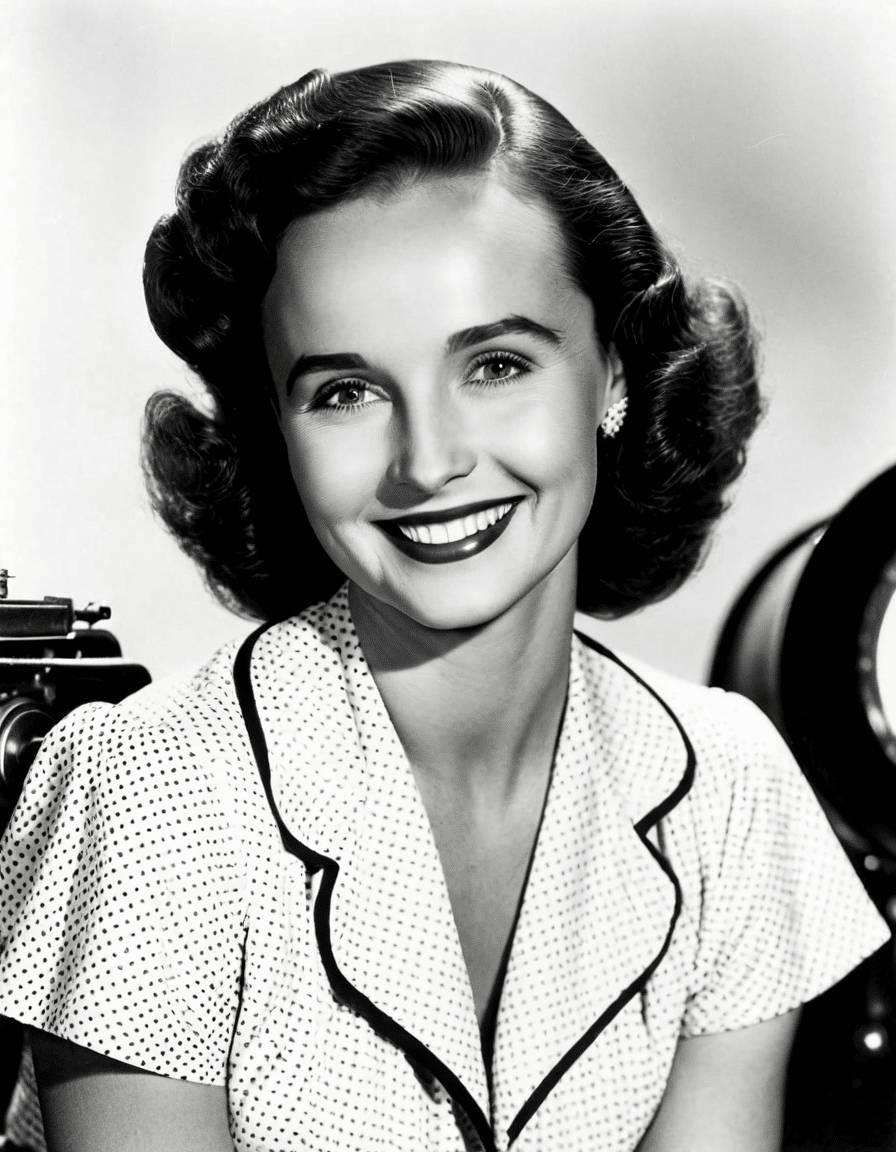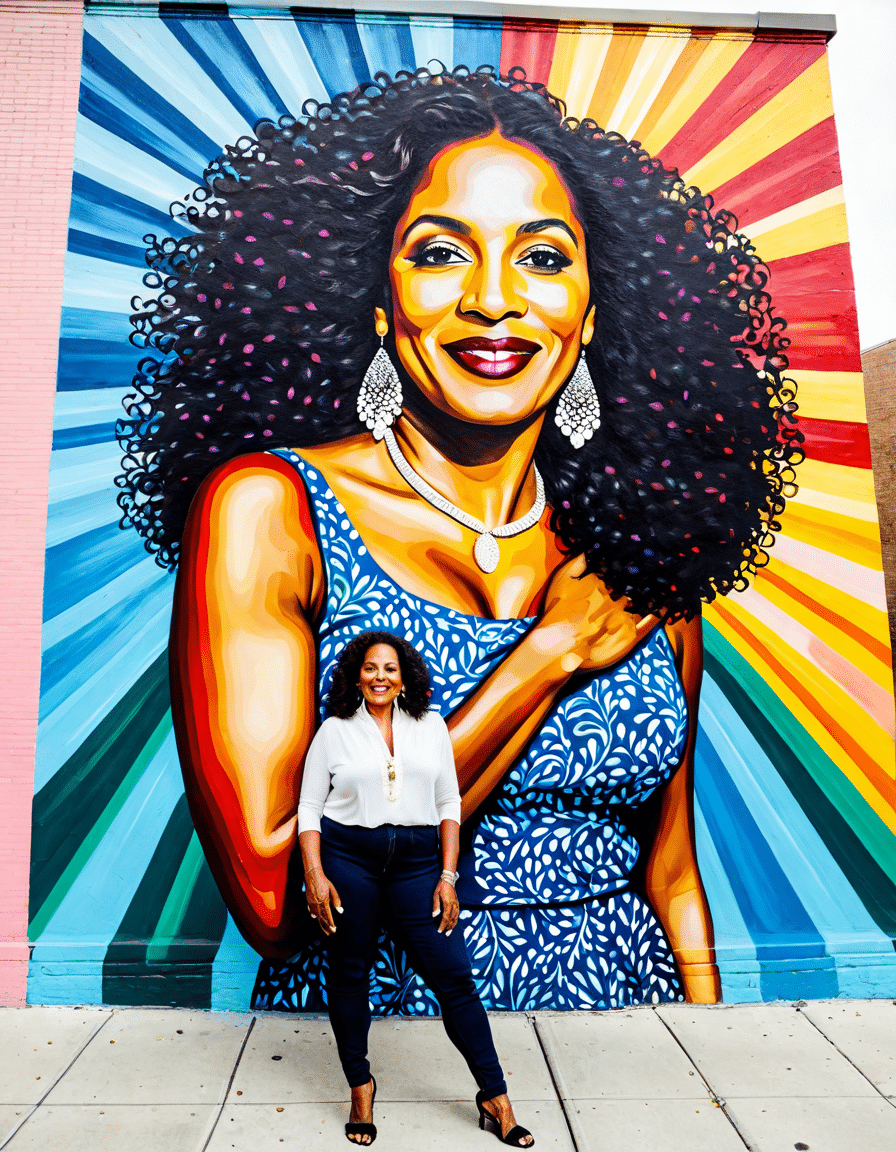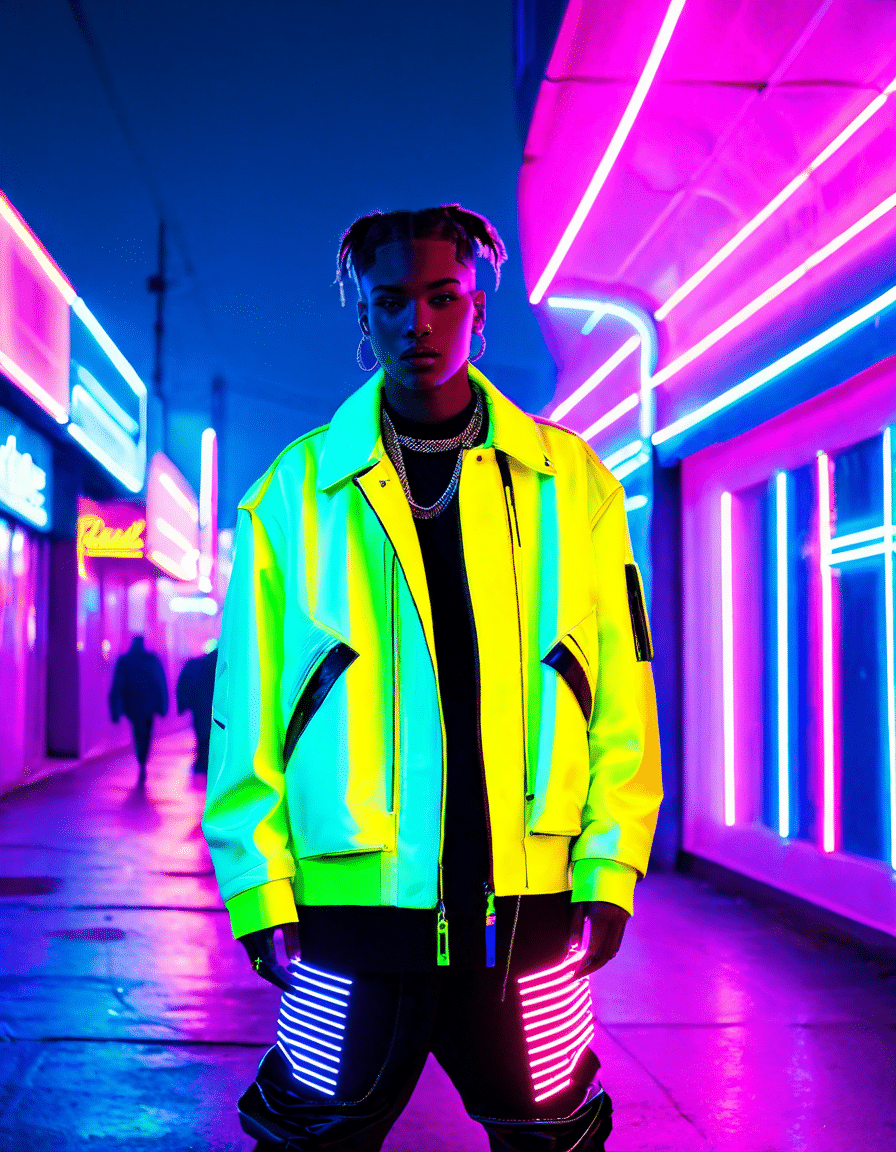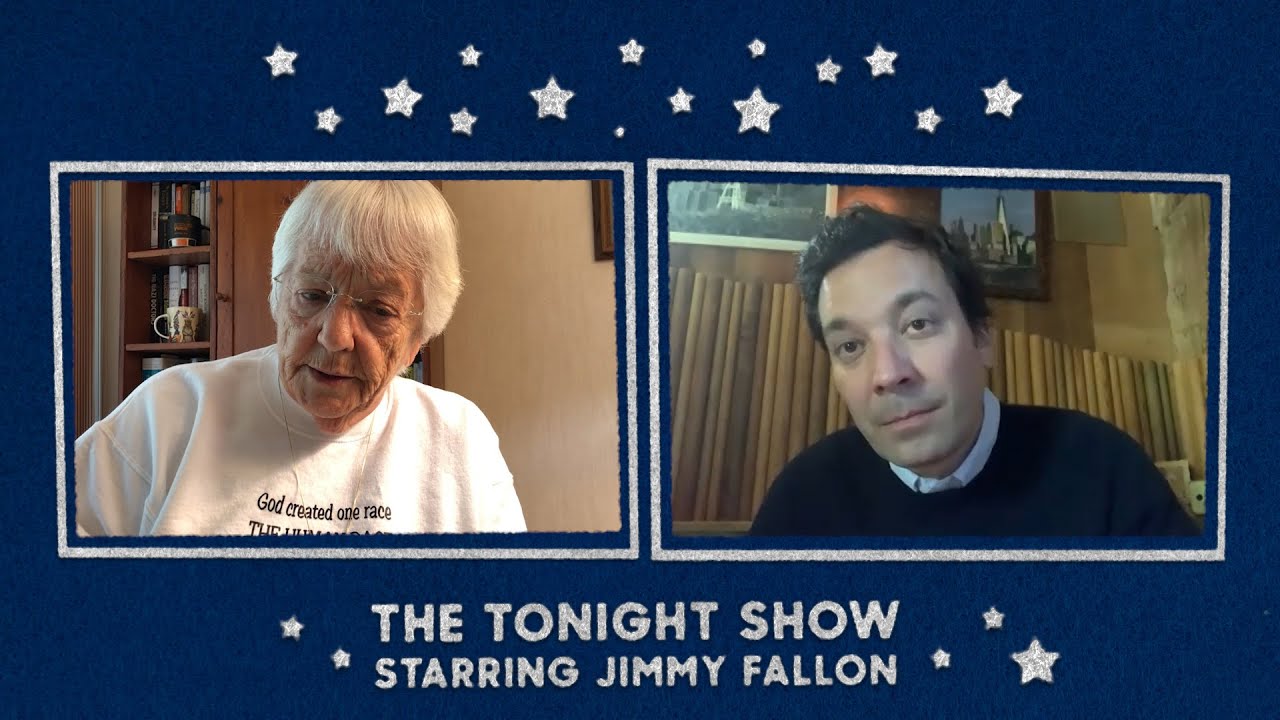
The Roots of Jane Elliott’s Activism
Jane Elliott, an iconic American educator and relentless anti-racism activist, has made it her life’s mission to confront the ugliness of racism head-on. Known for her groundbreaking “Blue Eyes/Brown Eyes” exercise, Elliott has infused her teachings with decades of social research and personal experiences. As discussions about race and privilege surge in contemporary society, Jane Elliott’s work resonates more than ever.
Her journey began in the late 1960s when she created the eye color experiment in a third-grade classroom, challenging her students to recognize the arbitrary nature of discrimination. Elliott’s background, growing up in a racially divided America, fuels her passion, making her insights vital for today’s educational and corporate landscapes. It’s no wonder her name is often referenced in conversations about social justice and equity.
Elliott’s impact runs deep, acting as both a mirror and a hammer—reflecting the harsh realities of racism while breaking down systemic barriers that allow it to thrive. Her willingness to speak candidly about race has bolstered her influence and made her a sought-after voice in discussions about egalitarian society. Undoubtedly, as we explore her contributions further, we recognize that Jane Elliott is not merely a participant in the anti-racism movement; she’s a leader whose insights continue to challenge the status quo.
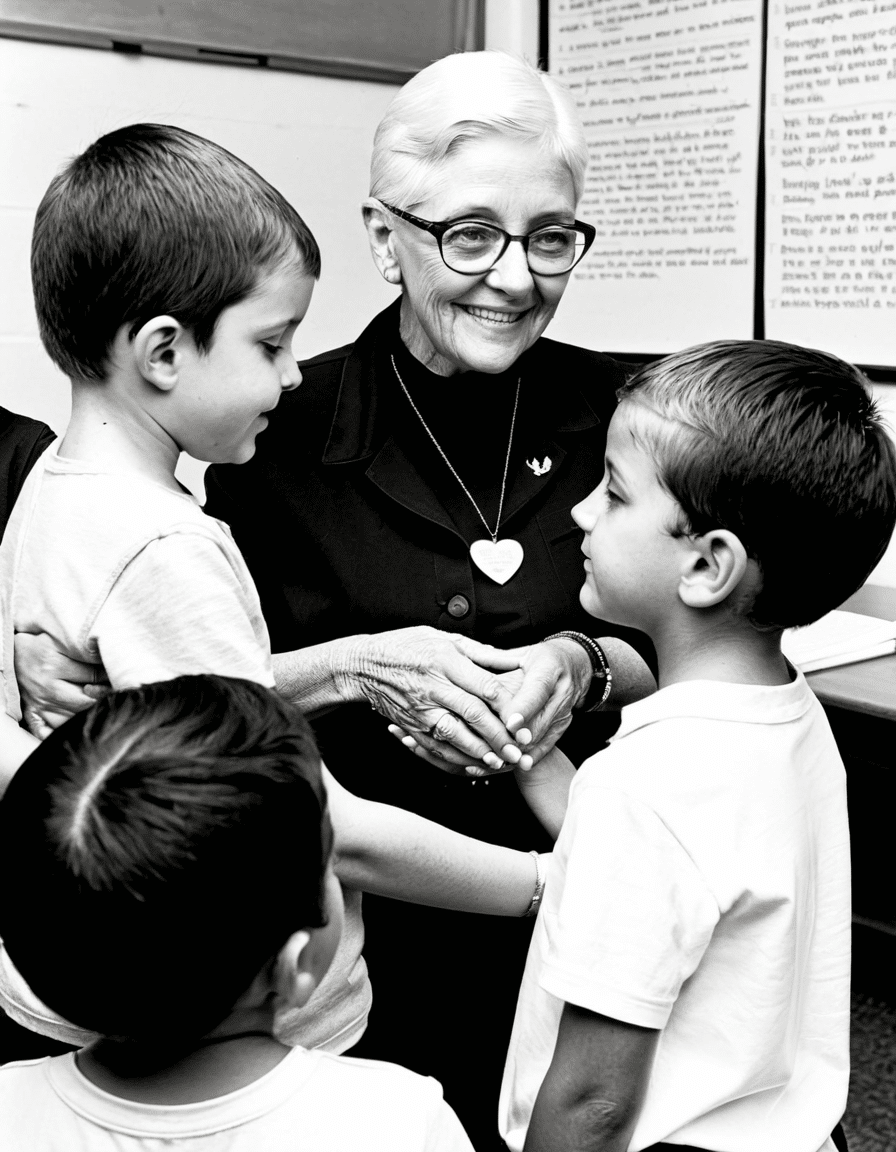
7 Groundbreaking Contributions of Jane Elliott in the Fight Against Racism
1. The Blue Eyes/Brown Eyes Exercise
Developed in 1968, Jane Elliott’s exercise was revolutionary in its approach to illustrating the insignificance of racial prejudice. Dividing her third-grade class based on eye color, she created an environment where students experienced discrimination firsthand. This method serves as a blueprint for educators today as discussions about implicit bias and systemic racism reach a broader audience. Many schools have adopted similar frameworks, reinforcing the idea that prejudice is learned, not innate.
2. Public Speaking Engagements
Jane Elliott hasn’t just stayed confined to classrooms; she has taken her message nationwide. From schoolchildren to corporate executives, her lectures have changed perceptions about race and equality. For example, her impactful sessions at the University of California have triggered critical conversations about diversity and inclusion on campuses across the nation. Elliott’s assertive yet compelling style galvanizes her audience, awakening a sense of urgency to confront biases.
3. The Impact on Education Curricula
Elliott’s innovative methodologies have inspired a wave of educators looking to infuse anti-racist teachings into curricula. The University of Wisconsin-Madison, for instance, has incorporated her techniques into their teacher training programs, preparing future educators to foster inclusive classroom environments. By embedding her teachings into educational frameworks, Elliott ensures that her message about equality continues to permeate society long after the discussions end.
4. Television Appearances and Documentaries
Through platforms like the “Oprah Winfrey Show” and impactful documentaries such as “The Eye of the Storm,” Elliott has broadened her reach. These appearances enable her to articulate her beliefs to wider audiences, proving that the fight against racism is deeply interconnected with contemporary issues of privilege and inequality. With every interview, she emphasizes the pressing relevance of her work, capturing hearts and minds beyond the classroom.
5. The Elliott Methodology in Corporate Training
As organizations reckon with their role in promoting diversity, Jane Elliott’s teachings are increasingly embraced in the corporate world. Companies like Google and Starbucks have sought her expertise to transform workplace cultures. Her insights help employees confront their biases, creating environments where all voices matter. Elliott’s principles serve as guideposts for institutions striving for a more equitable atmosphere.
6. Social Media Advocacy
In our digital age, Jane Elliott leverages social media to connect with younger audiences. Platforms like Twitter and Instagram provide her with the tools to share insights, resources, and personal reflections, stretching the conversation about race to global heights. Her online presence has sparked discussions that align with youth activism, making her a pivotal figure in the fight against racism in a tech-driven era.
7. Collaborating with Other Activists
Jane Elliott has collaborated with other leading voices in the anti-racism movement, amplifying her impact. Working alongside figures like Ibram X. Kendi and Angela Davis reiterates the collective nature of the struggle against systemic racism. These partnerships not only enhance the effectiveness of her message but also weave a richer tapestry of ideas for social change.

The Impact of Jane Elliott’s Work on Modern Society
Jane Elliott’s courageous voice has shaped a distinctive space in the anti-racism dialogue, compelling individuals to dig deep into their identities and roles. The rise of movements like Black Lives Matter echoes her teachings, highlighting that the fight against racism is ever-evolving and requires continuous dedication. Elliott advocates for experiential learning—an approach that has transformed how educators tackle topics of privilege and race.
The ripples of her methodologies are felt across the globe, inspiring educators to adopt active learning strategies that combat prejudice. The consistent emphasis on direct engagement fosters genuine conversations about race, nudging society toward a more inclusive future. As educators and organizations embrace these tactics, the foundational principles of Jane Elliott’s work continue to evolve, tackling the complexities of ongoing racial tensions.

Anticipating the Future of Anti-Racist Work
In today’s expansive landscape filled with obstacles, Jane Elliott remains a crucial voice for change. Her philosophy promotes ongoing education and transformative dialogues, continually pushing communities toward equity. As new generations rise to face race and identity issues, the principles embedded in Elliott’s work will likely serve as guiding lights, ensuring a continual push for inclusivity.
In today’s climate, where old wounds still ache, Elliott illustrates that the courage to challenge systemic injustice lies within each of us. Her commitment to educating the masses not only inspires but calls us to take action. The responsibility to stand against racism is urgent, making Jane Elliott’s teachings as relevant today as they were when she first shared her message over fifty years ago.
The fight against racism is not a solitary endeavor; it invites all of us to be part of the solution. So, let’s channel our inner Jane Elliott. Let’s speak truthfully, engage authentically, and dare to raise our voices against injustice—because every voice matters in the quest for equality.
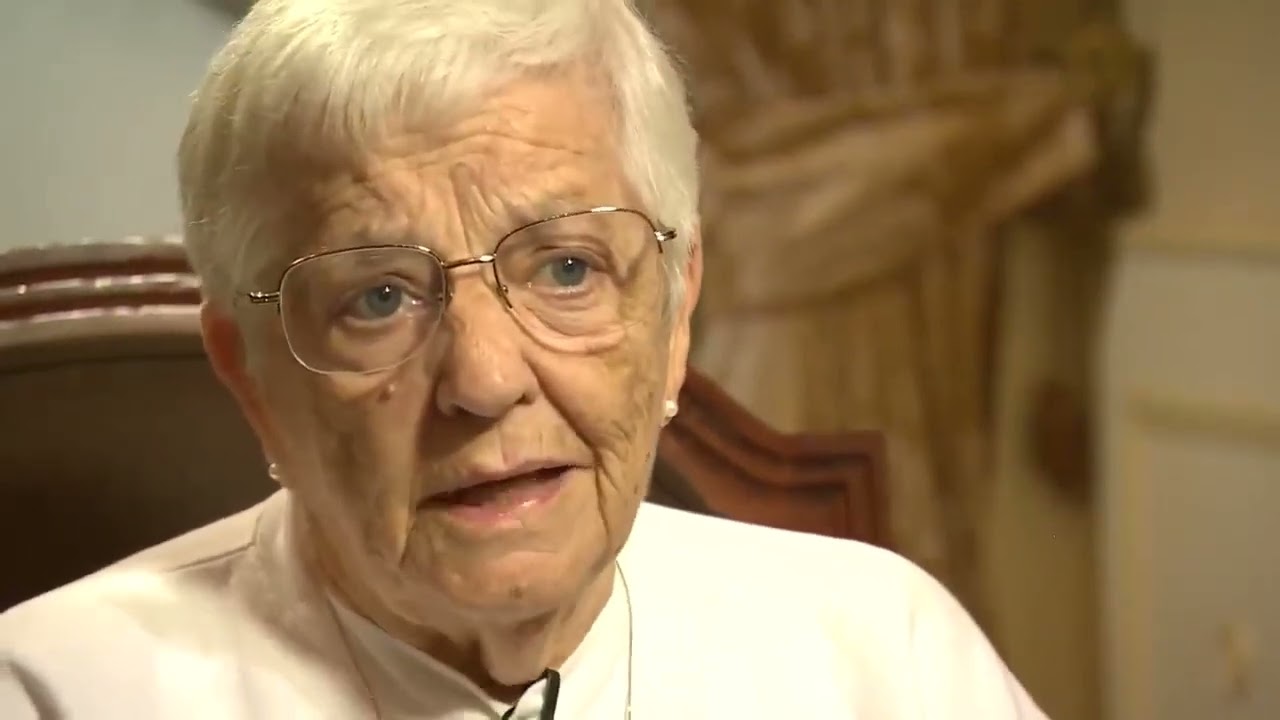
Jane Elliott: The Courageous Voice Against Racism
Pioneering a Path to Awareness
Jane Elliott, a renowned educator and activist, has dedicated her life to confronting racism head-on. In 1968, she launched the “Blue Eyes/Brown Eyes” exercise in her classroom, a groundbreaking social experiment that revealed the irrationality of prejudice. This simple yet powerful exercise forced participants to experience discrimination based on eye color, stirring deep emotional responses and leading to meaningful discussions. Much like how the pioneering coding efforts of Ada Lovelace laid the groundwork for future innovators, Jane Elliott’s work has sparked countless conversations about equality. Today, her influence continues to inspire people around the globe, motivating them to stand against injustice.
A Legacy of Learning and Activism
Elliott’s contribution to social discourse isn’t restricted to the classroom. She’s appeared on numerous talk shows and documentaries, amplifying her poignant messages. Her teachings resonate far beyond education, making their way into popular culture. For instance, the Johnny Cash museum showcases the singer’s own struggles against societal norms, echoing Elliott’s relentless pursuit for change. Similarly, celebrities like Teresa Wright have used their platforms to shed light on social issues, showcasing how art can be a catalyst for change. Jane Elliott stands alongside these powerful figures, proving that activism can take many forms and can resonate beyond its immediate context.
Trivia That Inspires Change
Did you know that Jane Elliott has taken her message to corporate America? Her workshops encourage companies to confront systemic biases, much like how the world of film includes diverse portrayals of female Celebrities. These initiatives inspire a fresh wave of awareness, equipping organizations to embrace inclusivity. In fact, her work parallels the ethos of contemporary projects like Southside Fade, which delve into social issues through storytelling. It’s a reminder that education and awareness can take many shapes and forms. Just as the mesmerizing Fuente de la Cibeles is a symbol of unity in Spain, Elliott’s efforts symbolize the power of courage in the fight against racism.
In essence, Jane Elliott’s life is a testament to the idea that each voice can make a difference. Whether through her powerful classroom experiments, influential media appearances, or impactful corporate training, she’s a shining example of how one person’s courage can inspire multitudes. And don’t forget, in this journey towards equality, it helps to have noteworthy allies, much like Tony Revolori supporting critical narratives in cinema or Kathleen Bradley championing representation. Each of these individuals, in their own right, pushes the envelope, reminding us that the fight against racism is an ongoing journey that requires collective effort.

